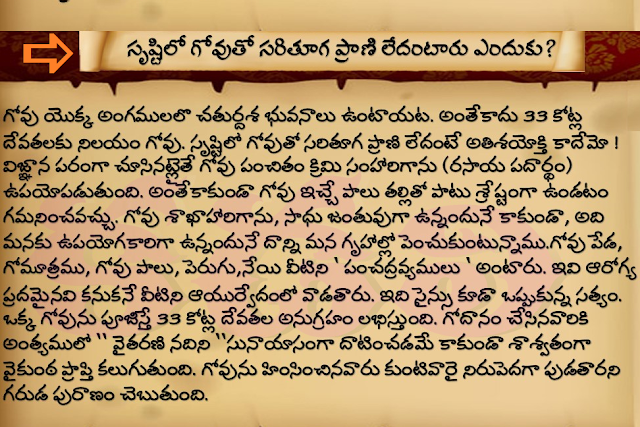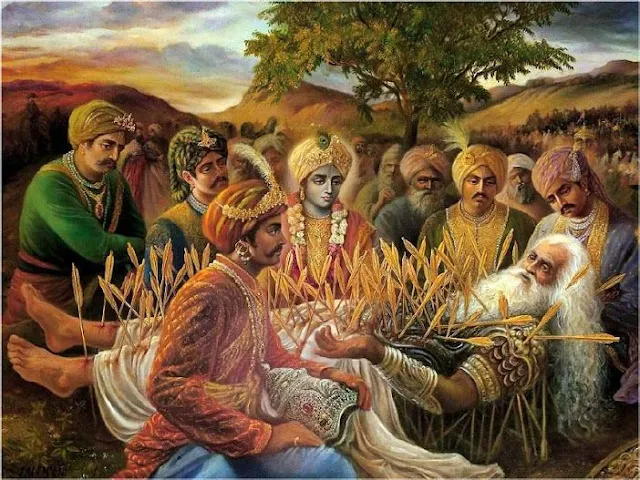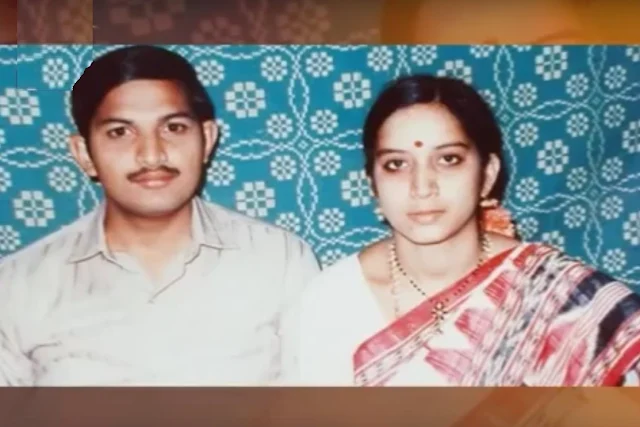Having good mental health is key to the healthy development and wellbeing of every child. Kids need good mental health - not only to be able to deal with challenges and adapt to change, but so they can feel good about themselves, build healthy relationships with others and enjoy life.
A kid’s mental health can be influenced by many things, like family circumstances, school life and life events. While children can experience mental health issues at any age, they are most at risk between the ages of 12 and 16 years.
If your child, or a child you know, is having mental health issues, the best thing you can do is get them some help, before it gets worse - see 'Where to get help' below.
A kid’s mental health can be influenced by many things, like family circumstances, school life and life events. While children can experience mental health issues at any age, they are most at risk between the ages of 12 and 16 years.
If your child, or a child you know, is having mental health issues, the best thing you can do is get them some help, before it gets worse - see 'Where to get help' below.



